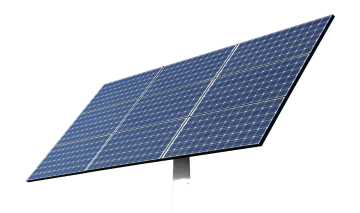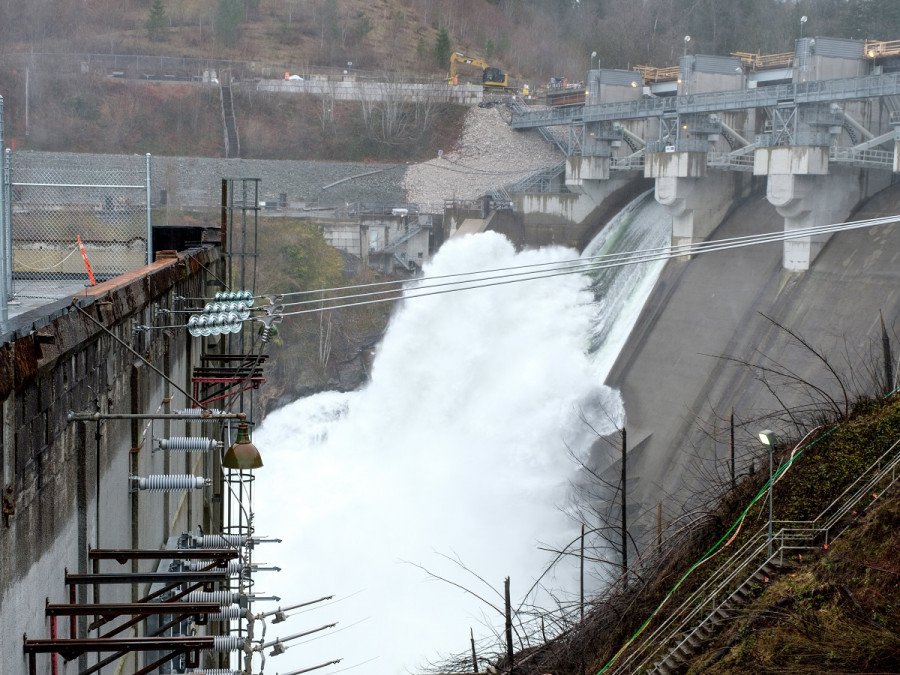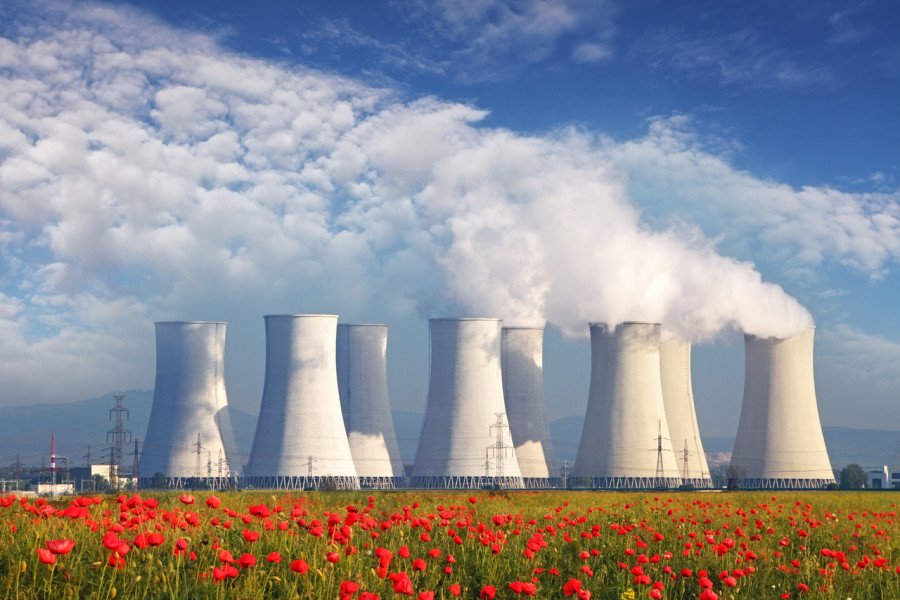Electricity generation and energy transformations
Explore the energy transformations that take place in various methods of generating electricity and then assess their impacts.
- Grade 10
- 3 activities
- 2.2 hours

Big idea
Energy is conserved and its transformation can affect living things and the environment.
Learning objectives
Students will be able to:
- Understand the types of energy transformations that occur in various methods of generating electricity, including hydroelectricity.
- Describe the impacts of the energy transformations that occur in various methods of generating electricity, including hydroelectricity.
Activities

Predict the potential energy of a dam
Which factors are the most important in determining the potential energy of a dam?
BC curriculum fit
Grade 10 Science
Content
- Nuclear energy
- Law of conservation of energy
- Potential and kinetic energy
- Transformation of energy
- Local and global impacts of energy transformations from technologies
Curricular competencies
Questioning and predicting
- Demonstrate a sustained intellectual curiosity about a scientific topic or problem of personal interest
- Make observations aimed at identifying their own questions, including increasingly complex ones, about the natural world
- Formulate multiple hypotheses and predict multiple outcomes
Processing and analyzing data and information
- Seek and analyze patterns, trends, and connections in data, including describing relationships between variables (dependent and independent) and identifying inconsistencies
- Analyze cause-and-effect relationships
- Use knowledge of scientific concepts to draw conclusions that are consistent with evidence
Applying and innovating
- Transfer and apply learning to new situations
- Contribute to finding solutions to problems at a local and/or global level through inquiry
Assessments
Assess students’ ability to:
- work together cooperatively;
- make observations and inferences about the energy transformations;
- use criteria to rate the environmental impacts of energy transformations made during the generation of electricity; and
- use criteria to make reasonable predictions about the potential energy of dams.
Background info
Electricity is generated from water by using the potential energy stored in reservoirs behind dams. The water flows down and through a large tube, called a penstock. The potential energy becomes kinetic energy because the water is, effectively, falling. That kinetic energy from the fast-moving water pushes blades inside turbines, which cause generators to turn.
The amount of electricity a hydropower plant could produce initially depends on two factors:
- How far the water falls. The farther water falls, the more power it can generate. Generally, the distance that the water falls depends on the size of the dam. The higher the dam, the farther the water falls and the more power it has. The power of falling water is directly proportional to the distance it falls: water falling twice as far has twice as much energy.
- Amount of water falling. More water falling through the turbine will produce more power. The amount of water available depends on the amount of water flowing down the river. Bigger rivers have more flowing water and can produce more energy. Power is also directly proportional to river flow: a river with twice the amount of flowing water as another river can produce twice as much energy.



